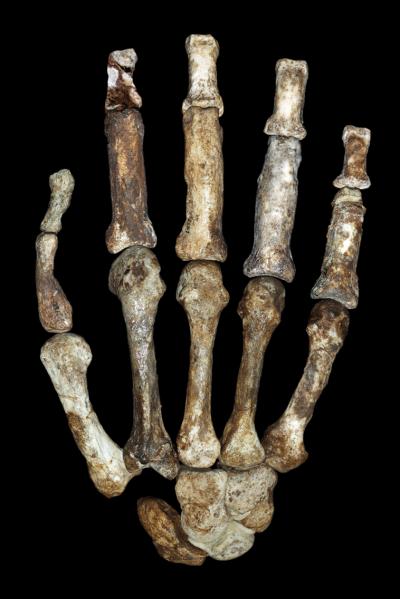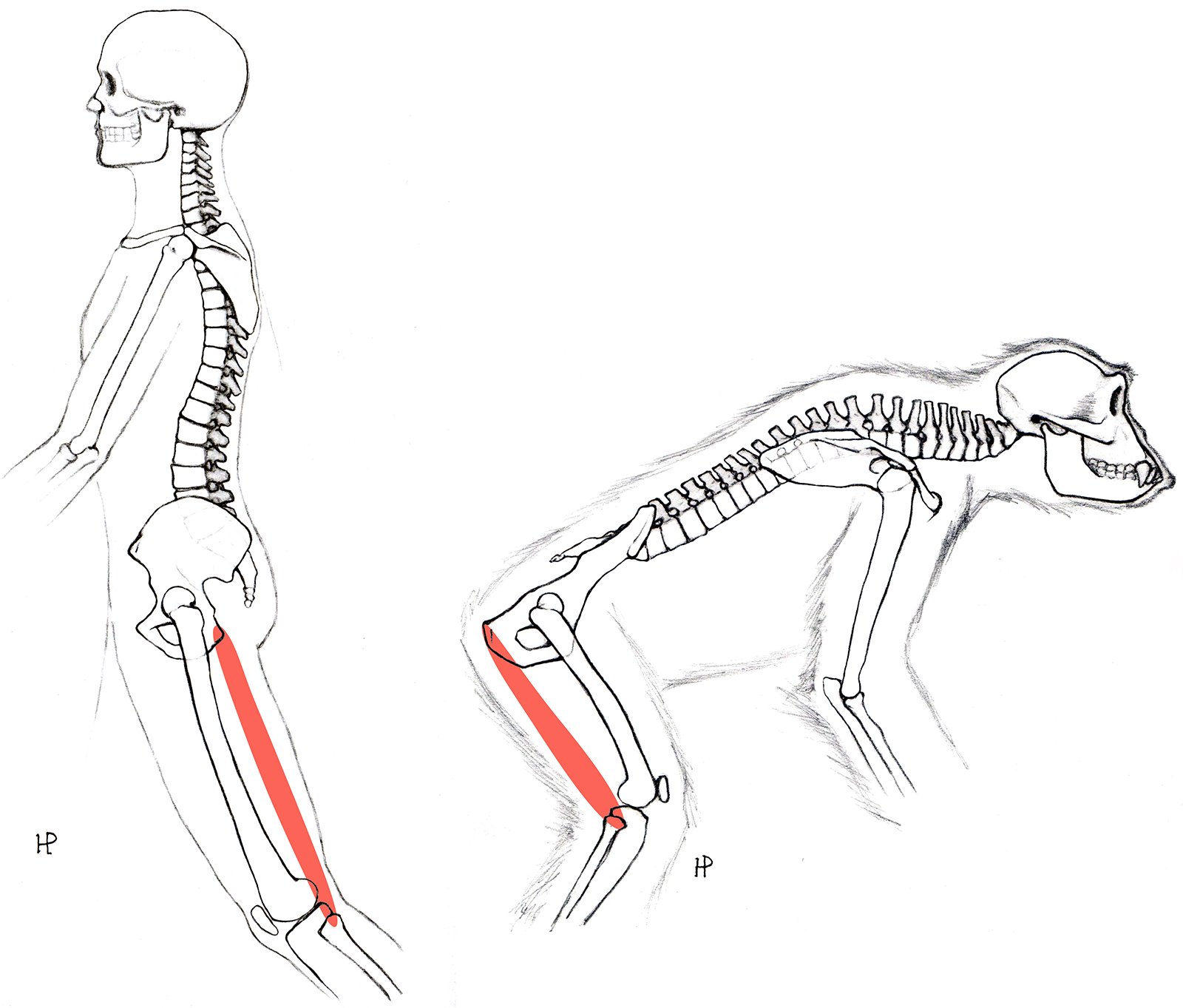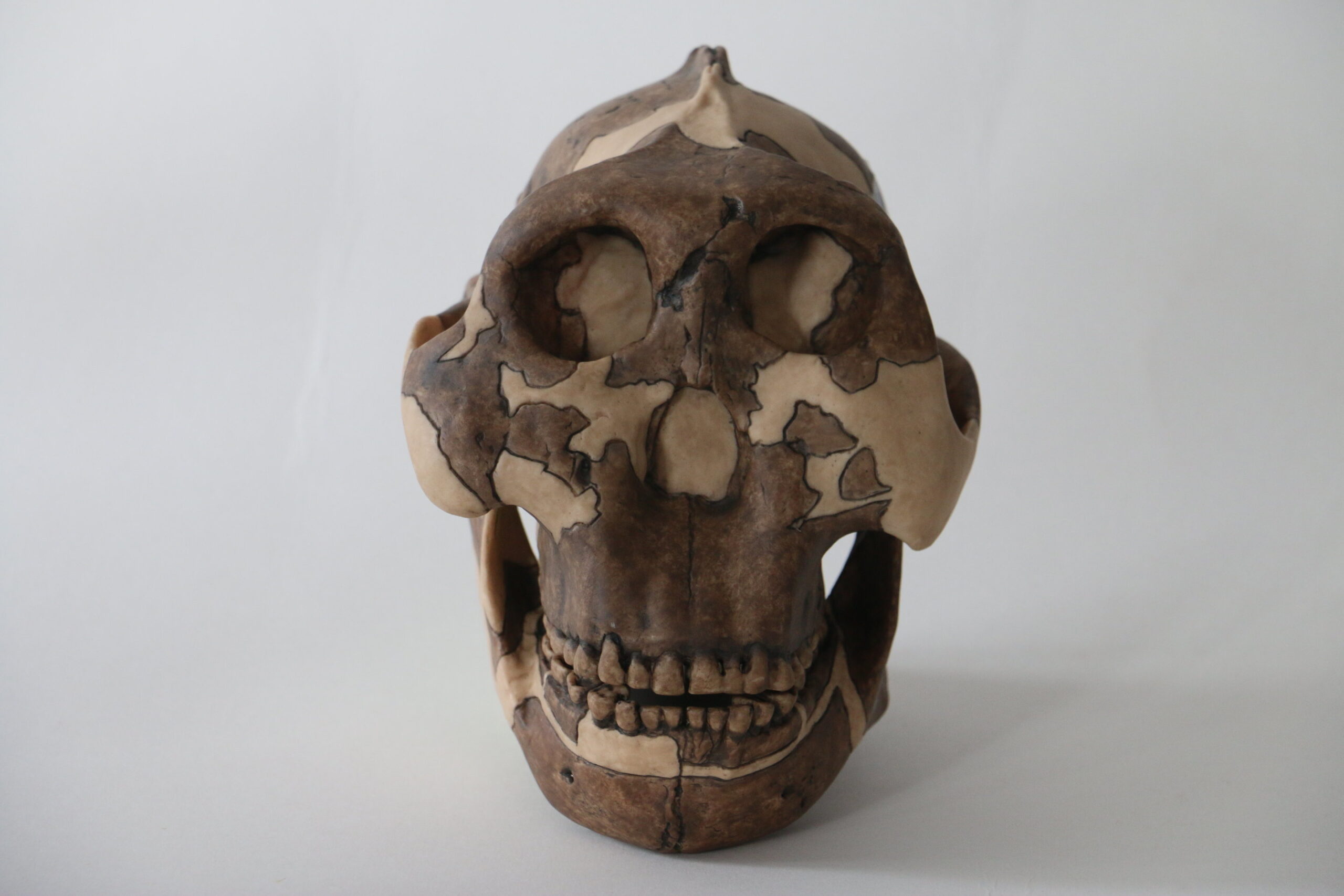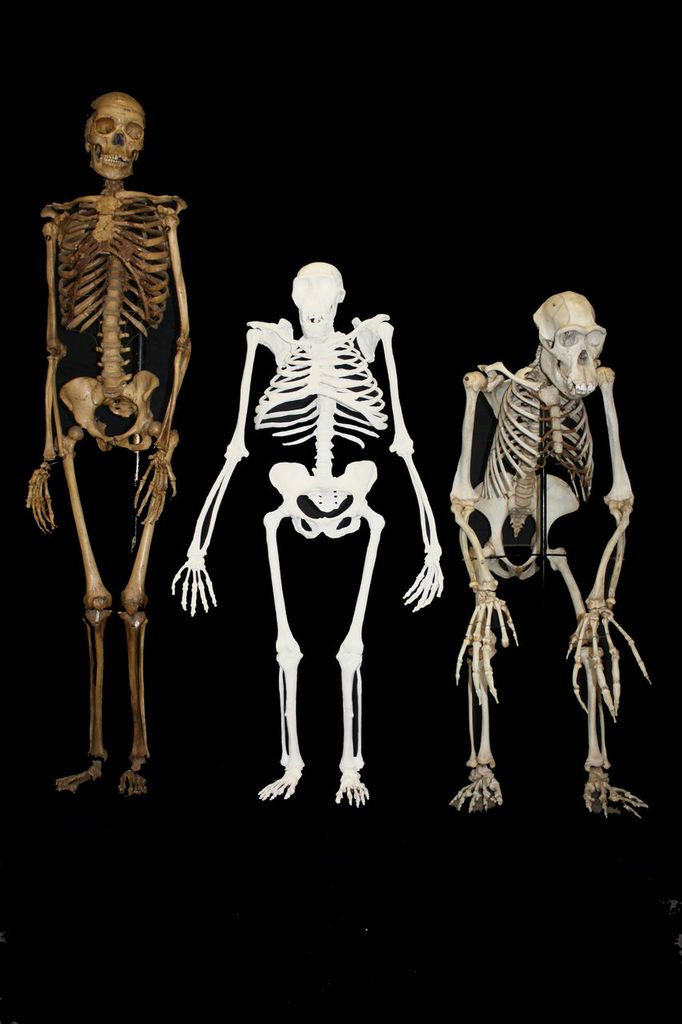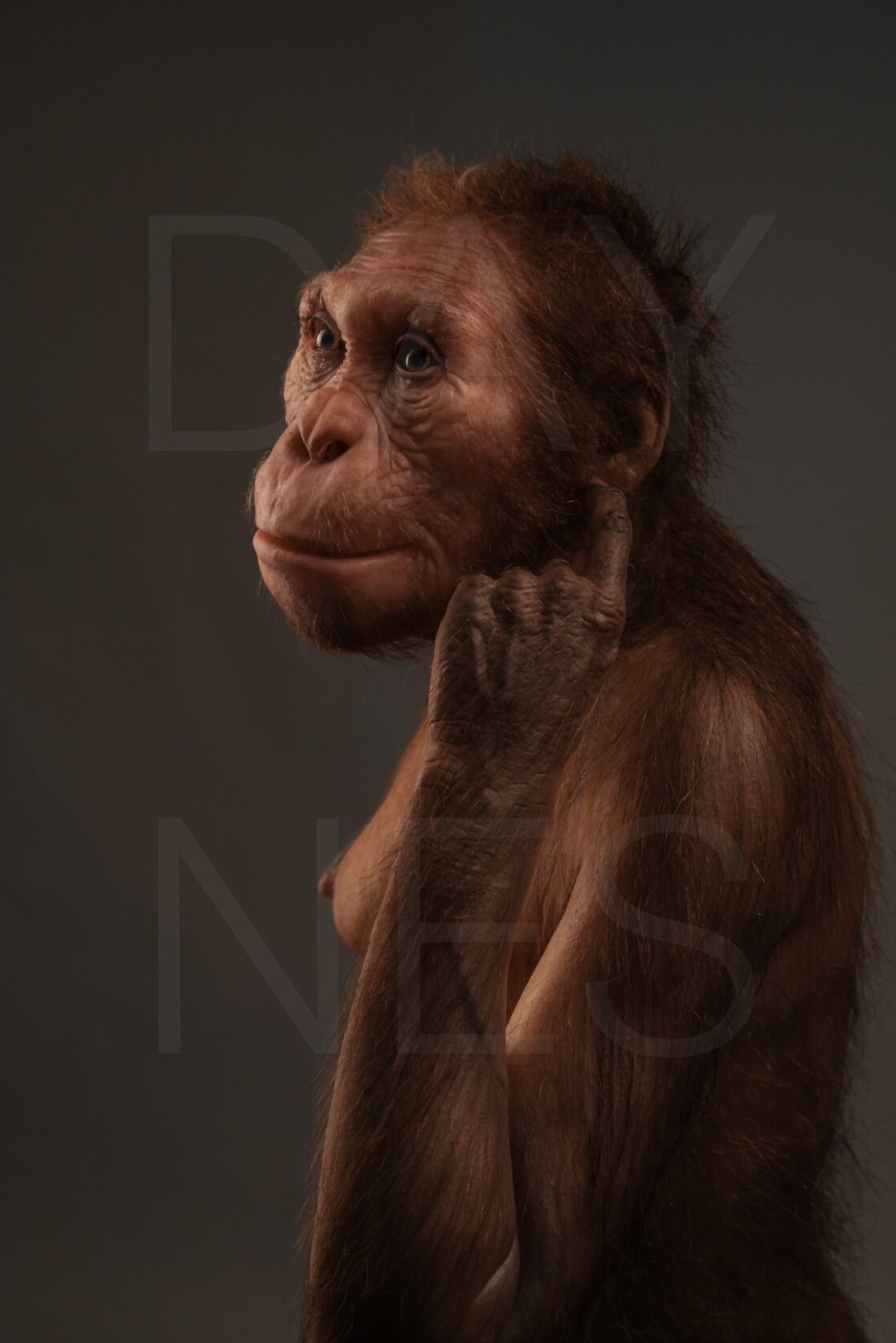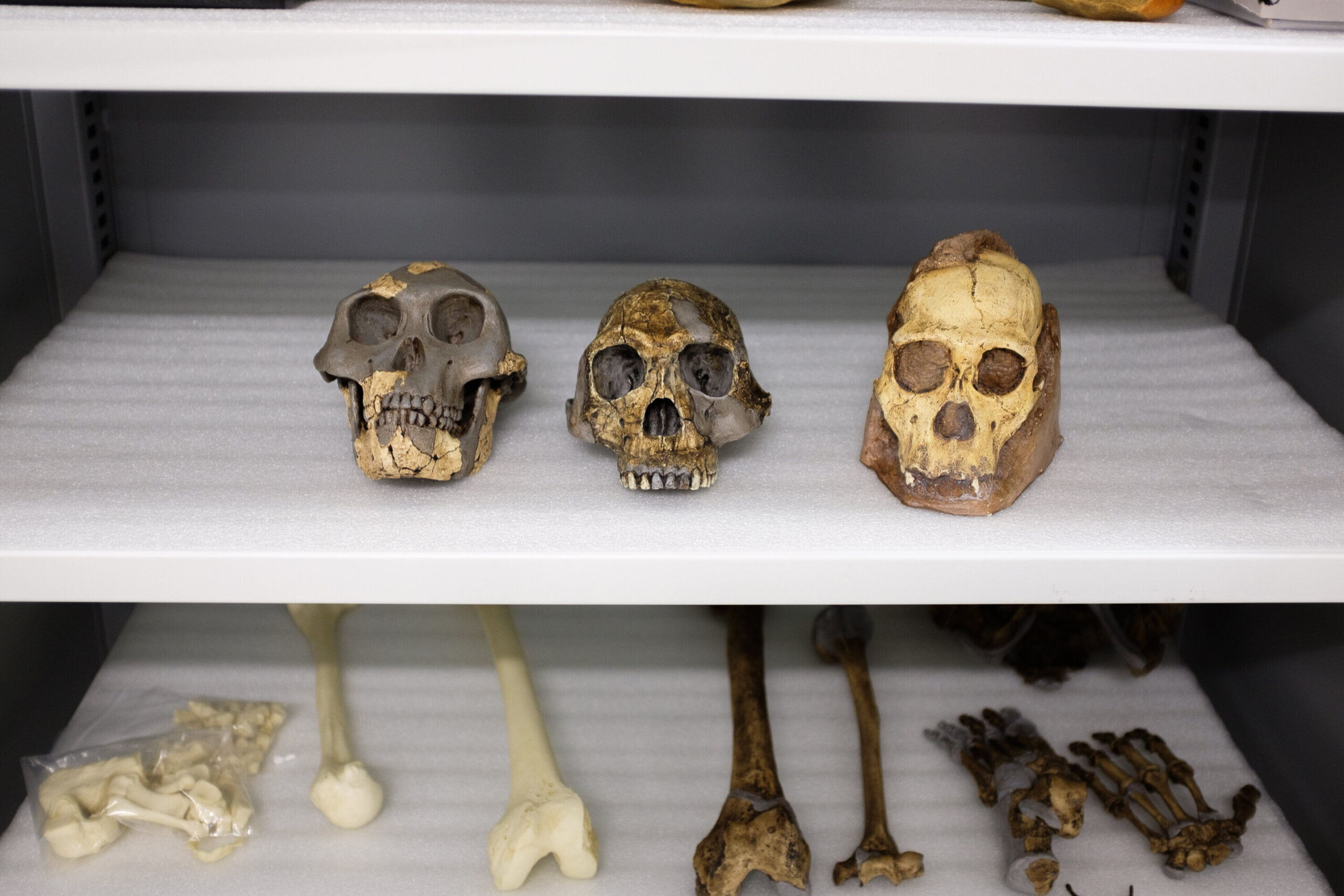Australopithecus sediba Hand Morphology Suggests Advanced Tool-Making Capabilities
The intricate capabilities of the human hand have long been regarded as a defining trait of our species. The evolution of manipulative abilities, including tool-making, played a pivotal role in shaping human development. Recent research comparing the hand morphology of Australopithecus sediba and Homo habilis sheds new light on the origins of tool-making prowess in … Read more
